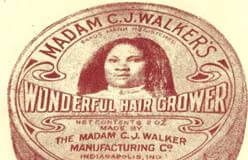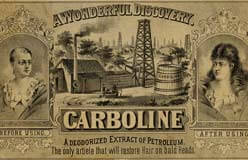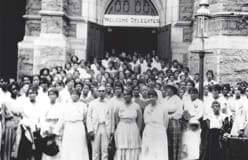The baby’s name was Sarah. She was born late in 1867 in Delta, Louisiana.
Her parents were Owen and Minerva Breedlove, both former slaves who worked as sharecroppers on a cotton plantation. Sarah was their fifth child and the first to be born free (after the Emancipation Proclamation). Just six years after Sarah’s birth, yellow fever swept through the area. It was – and is – a deadly disease. The fever took both her parents. By the time Sarah was seven, she was an orphan.



